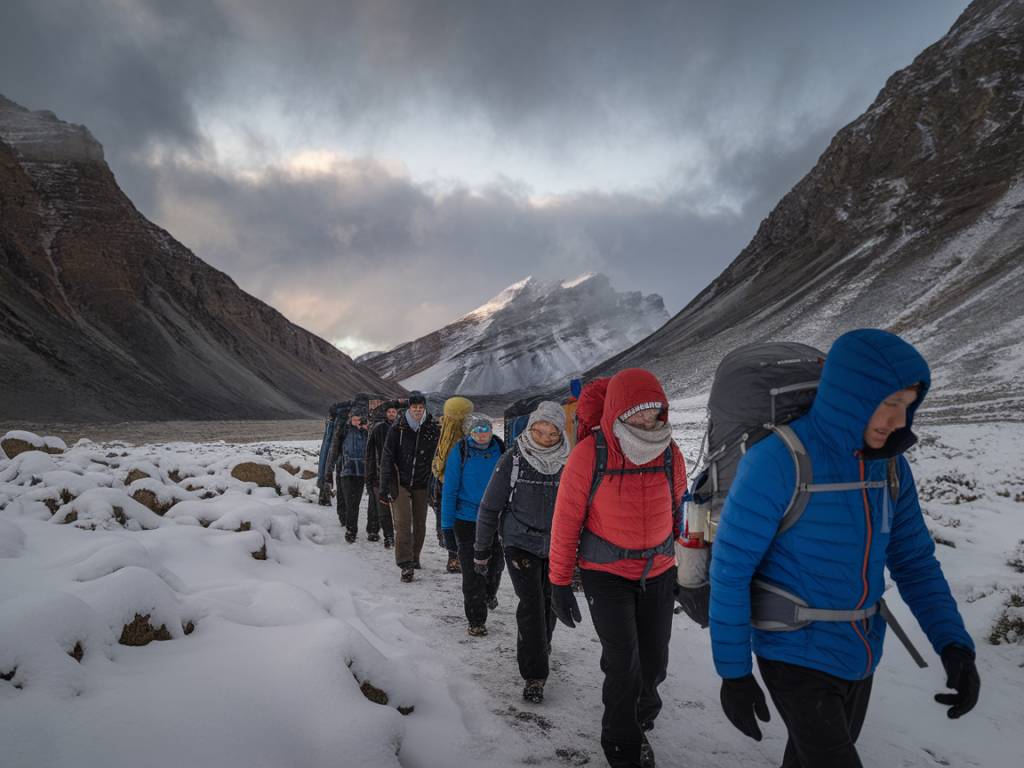
How to prepare for a multi-day trek in harsh environments
Embarking on a multi-day trek in harsh environments can be a thrilling and rewarding experience, but it requires meticulous planning and preparation. Whether you’re venturing into arid deserts, dense rainforests, or icy tundras, being well-equipped is crucial not only for your comfort but also for your safety. This guide aims to provide you with comprehensive advice on how to prepare for such an adventure.
Research Your Destination
Understanding the specific challenges of your chosen environment is the first step in your preparation. Each type of terrain presents unique obstacles and potential hazards. Research weather patterns, local wildlife, water sources, and terrain types. Navigational difficulties can be vastly different between, say, a dense jungle and a barren desert.
Take note of any recent changes in the area that may affect your trek, such as new developments, changes in local regulations, or recent natural events like landslides or floods. Online forums, guidebooks, and local experts can be invaluable sources of up-to-date information.
Physical Preparation
Getting your body ready for a multi-day trek is just as important as gathering the right gear. Engage in a fitness regimen that includes both cardiovascular exercises and strength training. Hiking with a loaded backpack in varied terrains can help simulate the conditions you’ll face during your trek.
Flexibility exercises like yoga can increase your range of motion, making it easier to traverse uneven and challenging terrains. Mental preparation is equally crucial; mindfulness and meditation practices can improve your focus and resilience.
Essential Gear and Equipment
Your gear will largely depend on the environment you’re exploring, but some essentials remain constant across all harsh conditions. Here’s a checklist to get you started:
- Backpack: Opt for a lightweight, durable, and weather-resistant backpack with adjustable straps for a comfortable fit.
- Footwear: Choose sturdy, waterproof hiking boots with good ankle support and a solid grip.
- Clothing: Layering is key. Lightweight, moisture-wicking base layers, insulating middle layers, and waterproof, breathable outer layers are critical.
- Navigation Tools: GPS devices, maps, and a compass are essential for navigation. Always carry a backup.
- First Aid Kit: Include basics like bandages, antiseptics, pain relievers, and any prescription medications you may need.
- Sleeping Gear: Lightweight and compact sleeping bags and mats that are suitable for the specific environment’s temperature conditions.
- Food and Water: High-energy, non-perishable food items and a reliable water purification method are necessary. Consider portable water filters or purification tablets.
- Cooking Supplies: A lightweight stove, fuel, and cooking utensils.
- Multi-tool: A versatile tool with knives, pliers, and other functional implements.
- Communication Devices: Satellite phones or personal locator beacons (PLBs) can be lifesavers in remote areas without cell service.
Optimal Packing Techniques
Properly distributing weight in your backpack can make a significant difference in comfort and endurance. Heavy items should be placed at the center and close to your back to maintain a stable center of gravity. Balance is key, so evenly distribute weight on both sides of the backpack.
Keep frequently used items, like snacks, water, and your first aid kit, easily accessible. Use waterproof bags and pouches to protect your gear from the elements, and consider vacuum-sealed bags to reduce the volume of your clothing and sleeping gear.
Weather Preparedness
Extreme weather conditions can pose serious risks during a multi-day trek. Always check the weather forecast for the days you will be trekking, but also be prepared for sudden changes, which are common in many harsh environments.
For hot climates, sun protection is crucial. Carry and frequently apply a high-SPF sunscreen, wear a wide-brimmed hat, and use UV-protective clothing. Hydration is paramount; utilize hydration packs or frequent water breaks.
In cold environments, hypothermia and frostbite are your main concerns. Pack thermal layers, insulated gloves, and waterproof pants and jackets. Energy-dense foods and frequent movement can help maintain your body heat.
Health and Hydration
Staying hydrated is crucial, but finding potable water can be challenging in harsh environments. Portable water filters, purification tablets, and UV purifiers are effective methods for ensuring you have safe drinking water. Always carry a backup method of purification and never rely solely on finding natural water sources.
Equally important is maintaining a balanced diet to keep your energy levels high. Pack nutrient-dense foods that are high in protein, fats, and carbohydrates. Trail mixes, energy bars, and dehydrated meals are all excellent choices. Remember to consider any specific dietary needs or restrictions you might have.
Safety and Emergency Readiness
Even with thorough preparation, unexpected situations can arise. Familiarize yourself with basic wilderness first aid and learn how to recognize symptoms of common issues like dehydration, heatstroke, or hypothermia.
Carry an emergency shelter, such as a lightweight tent or a bivy sack, and know how to set it up quickly. Your first aid kit should include not only medical supplies but also tools like a whistle, emergency blanket, and waterproof matches.
If trekking in an area with potentially dangerous wildlife, understand the risks and take appropriate precautions. For example, bear sprays, noise-makers, and storing food high off the ground can mitigate wildlife encounters.
Leave No Trace Principles
Respecting the environment and minimizing your impact is essential. Follow the Leave No Trace principles to ensure that natural areas remain pristine for future adventurers:
- Plan ahead and prepare to minimize your impact.
- Travel and camp on durable surfaces to avoid damaging fragile ecosystems.
- Dispose of waste properly by packing out what you pack in and following local guidelines for disposing of human waste.
- Leave what you find to preserve the natural environment.
- Minimize campfire impact by using a lightweight stove instead of an open fire.
- Respect wildlife by observing from a distance and not feeding animals.
- Be considerate of other visitors to enhance everyone’s experience.
Training and Testing Your Gear
Before embarking on your multi-day trek, it’s wise to test your gear and clothing in conditions similar to what you will encounter. Set up your tent, try out your cooking equipment, and even spend a night outdoors if possible. This not only ensures that everything works properly but also makes you familiar with how to use each item effectively.
Consider taking shorter, practice hikes to build your stamina and to refine your packing list based on real-world experience. This can help identify any gaps in your equipment or areas where you can lighten your load.
By thoroughly preparing for your multi-day trek in harsh environments, you can ensure a safer, more enjoyable adventure. From researching your destination and getting into peak physical condition to packing the right gear and respecting nature, each step is crucial for a successful journey. Happy trekking!

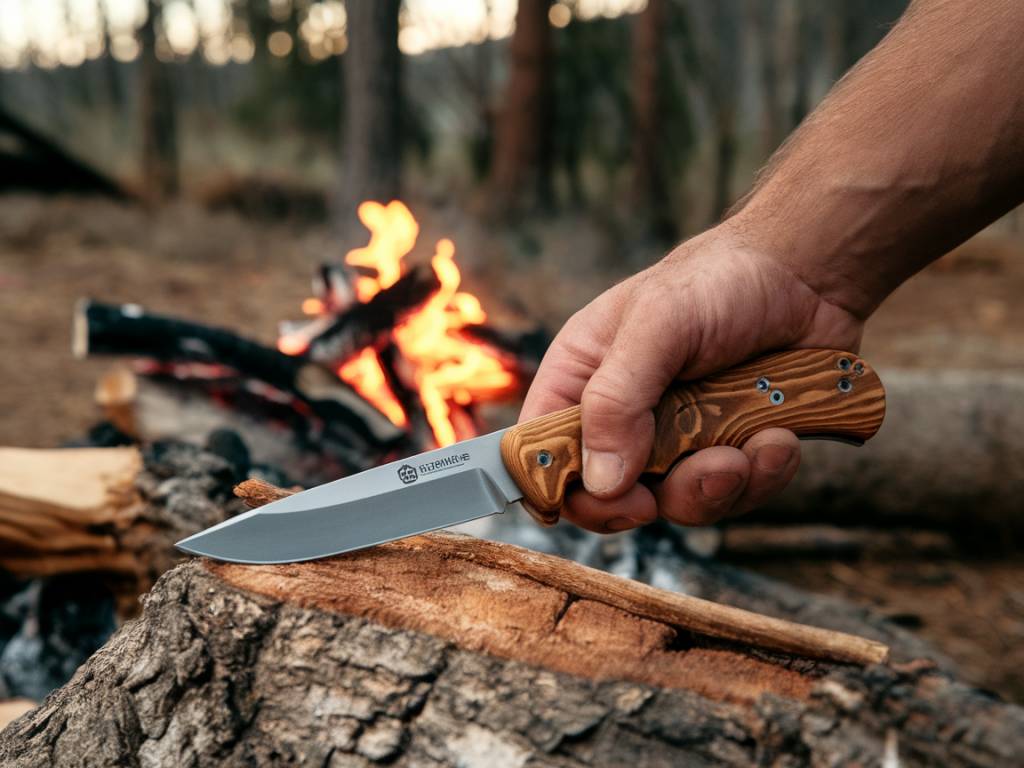 Best survival knives for outdoor adventures
Best survival knives for outdoor adventures 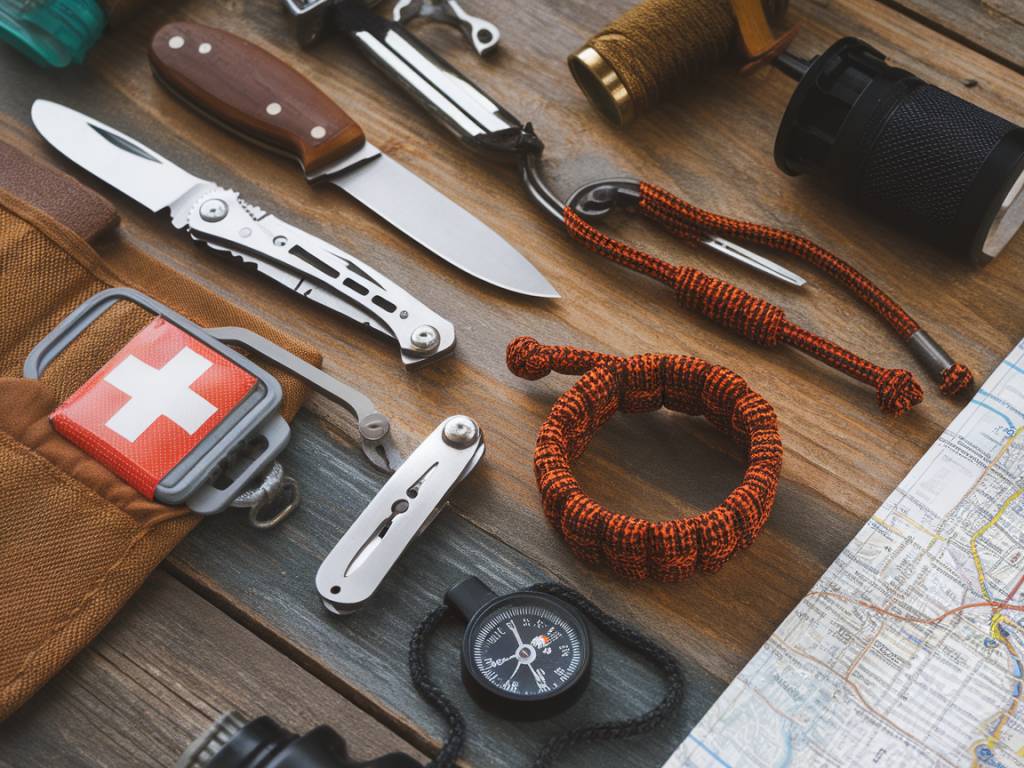 10 must-have survival tools for any adventure
10 must-have survival tools for any adventure  Wild foraging: identifying edible plants in the wilderness
Wild foraging: identifying edible plants in the wilderness 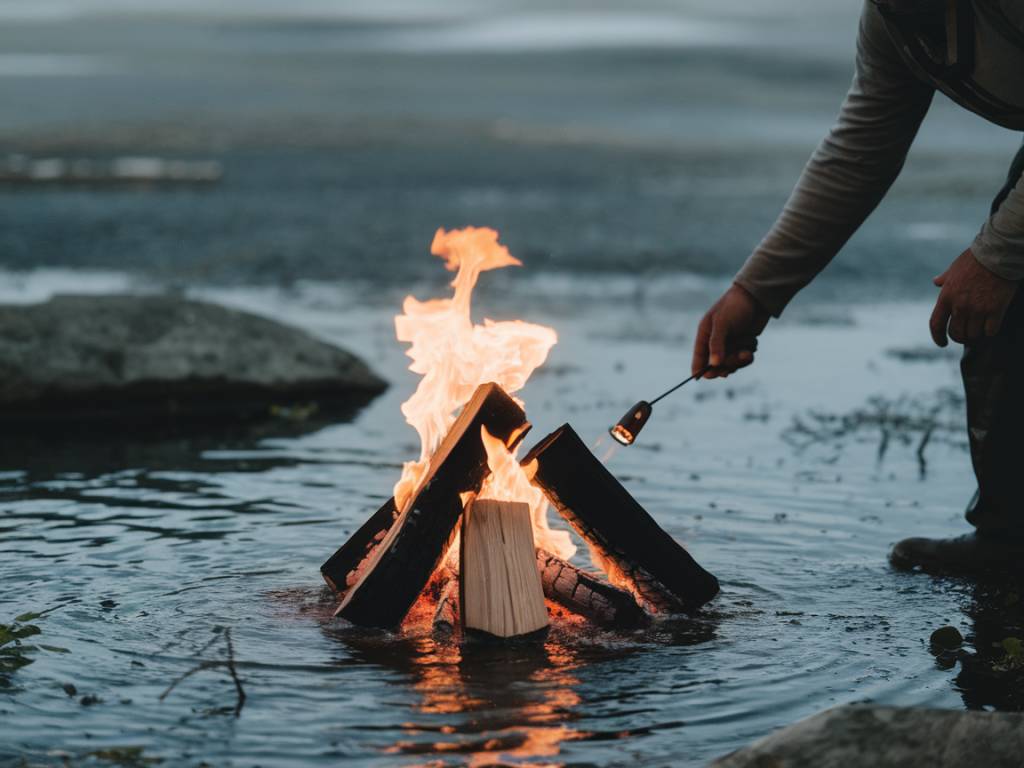 How to make a fire in any weather conditions
How to make a fire in any weather conditions 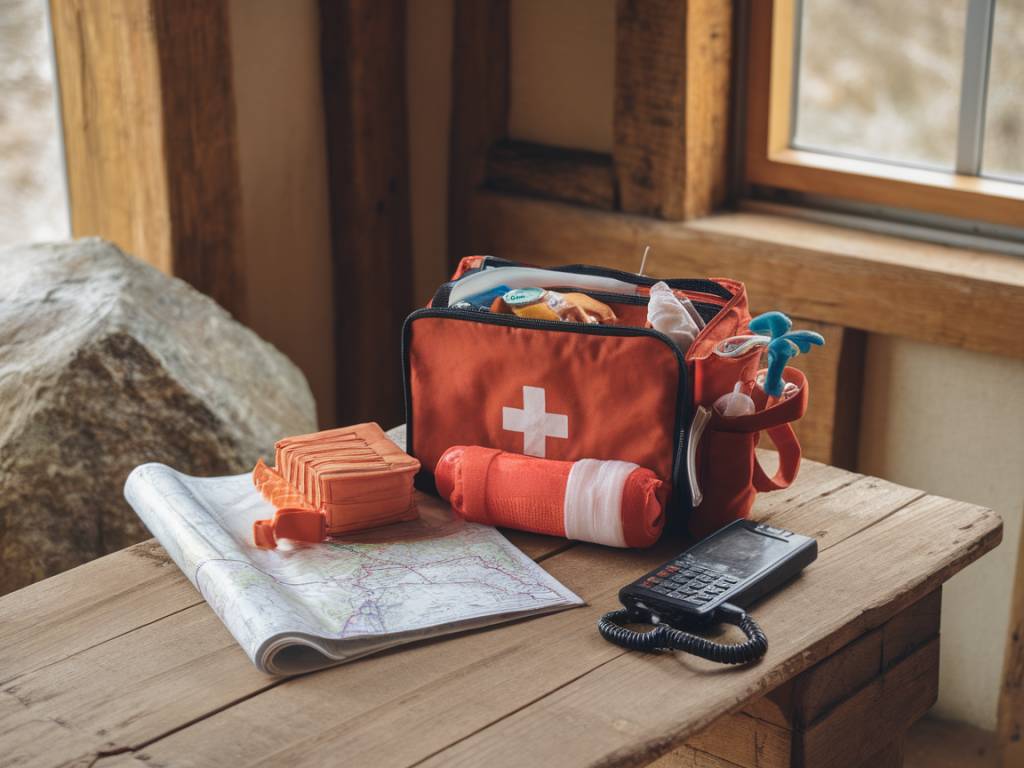 How to handle emergencies in remote locations
How to handle emergencies in remote locations 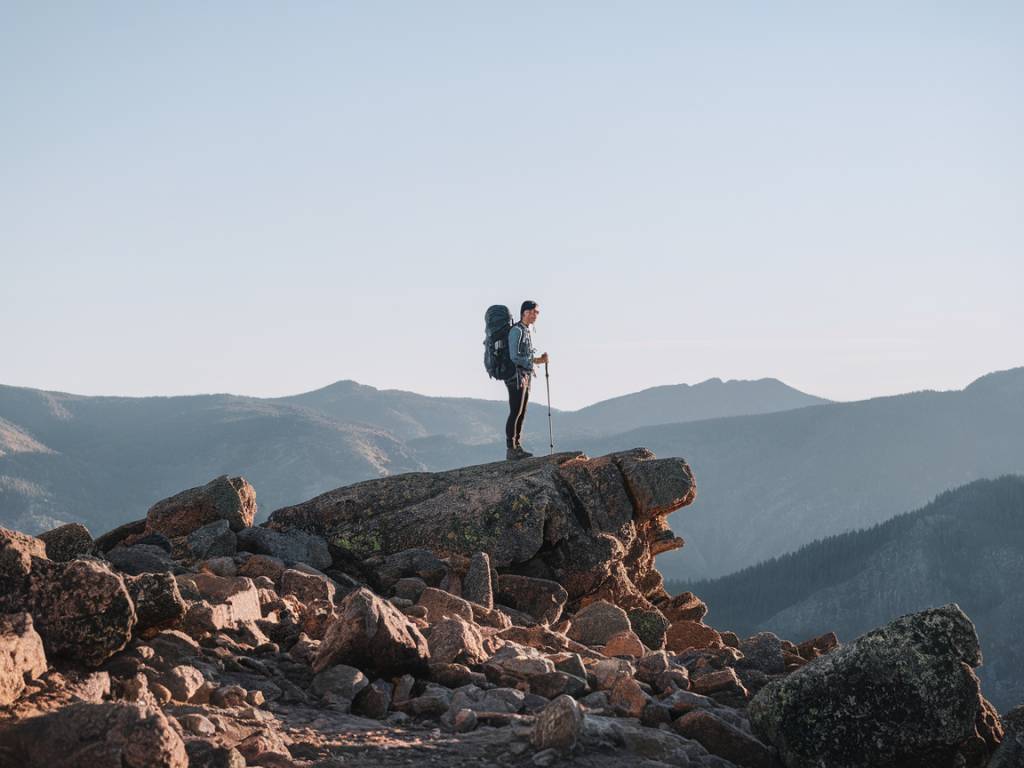 How to stay safe while solo hiking in remote areas
How to stay safe while solo hiking in remote areas 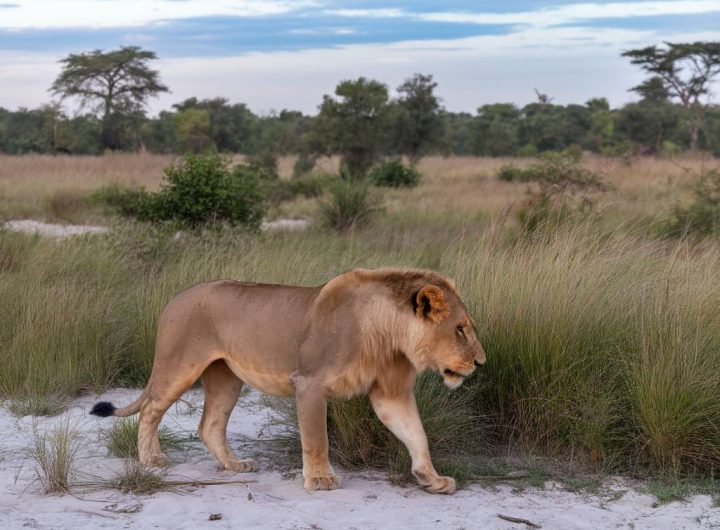 Best African safari destinations: top 5 experiences in Africa
Best African safari destinations: top 5 experiences in Africa 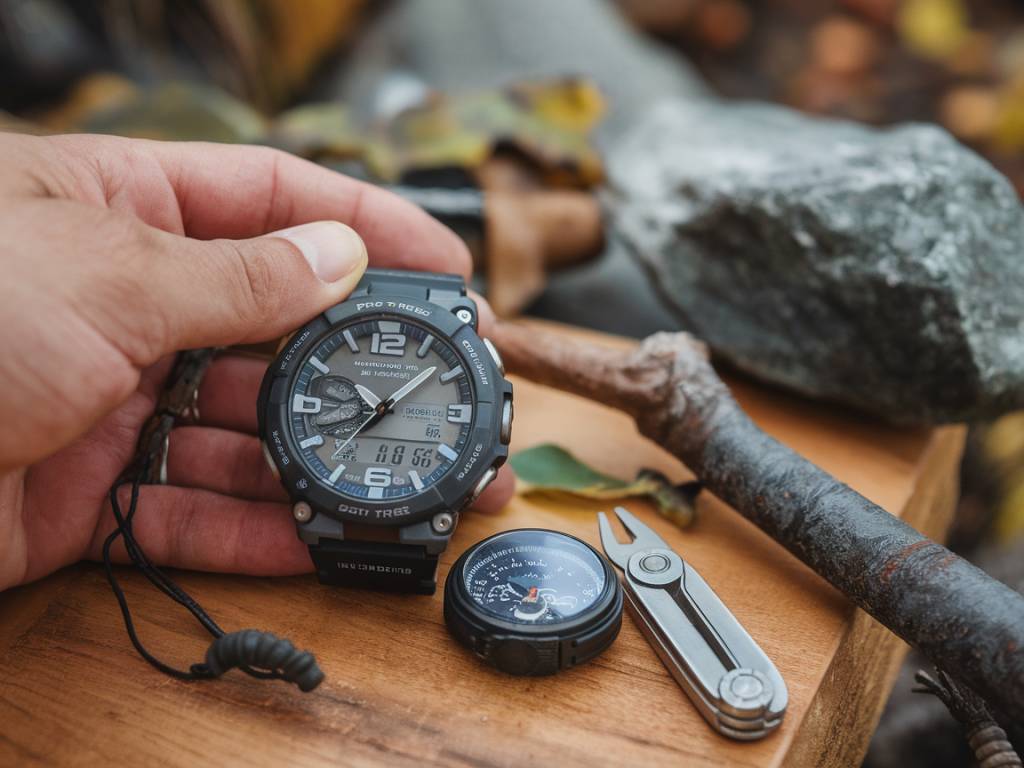 Top 5 adventure watches with gps and survival features
Top 5 adventure watches with gps and survival features 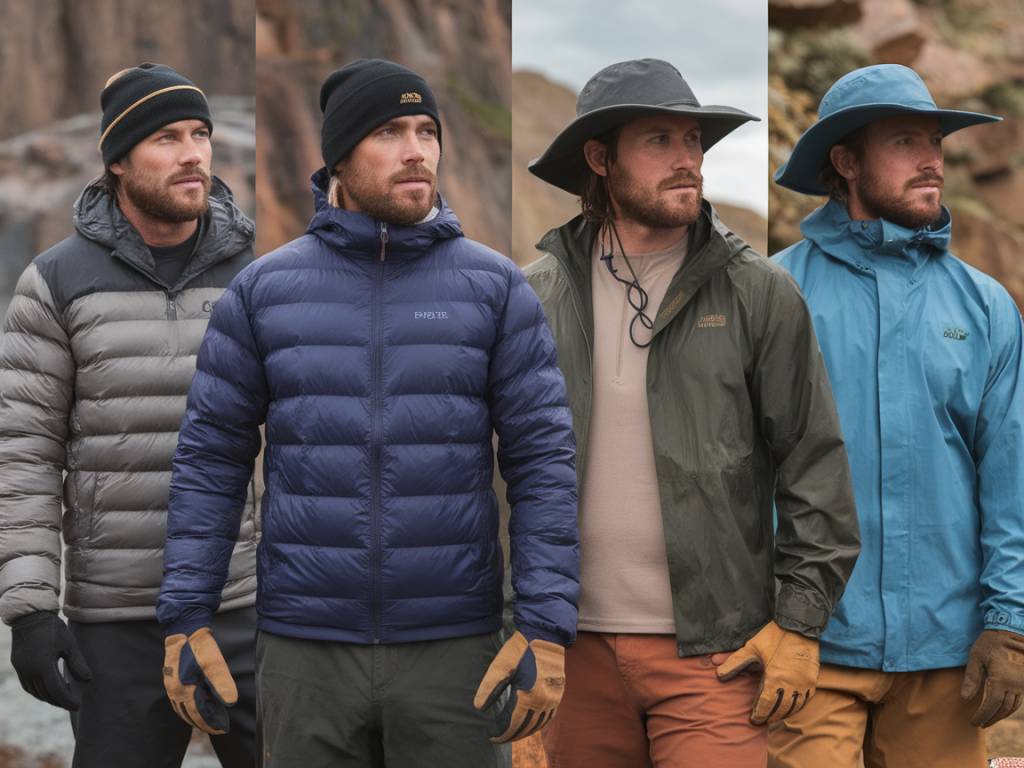 How to choose the right adventure clothing for every climate
How to choose the right adventure clothing for every climate